The idea is finally a product! (or as much as it can be)
It took years (if you’re lucky months) to get your idea to this stage and it’s now done.
Now, the baton moves to getting customers. And here’s where it’s uncharted territory for the incredibly talented product-first founders. You know the ins and outs of your product, what works, what doesn’t, and how it’s critical for the ecosystem, but the challenge is communicating this value and getting everyone else as excited as you are about the problem and solution.
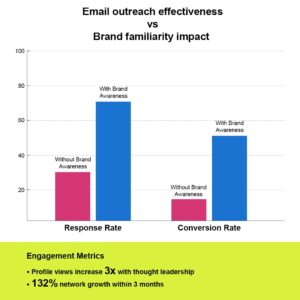
How?
By building familiarity and recognition. In other words, brand awareness. But I am not talking about a one-off branding campaign where we measure impressions and reach by the end of it. Of course, this has its own merit.
Here we are talking about – branding through thought leadership. Your passion, vision, and deep understanding of the genesis of the product/service naturally make you the best advocate, and given that you’re the one who is most likely going to be pitching to the customers, it helps if they hear from you outside of the sales environment, somewhere they’d be more receptive to your message.
Done consistently, you build familiarity and a certain level of association with the brand name, product, and offerings. Over a period of time, you’ll see a better response rate. I am consciously not using the word ‘conversion’, since that’s a function of multiple factors, but you won’t have to deal with radio silence.
To summarize here’s why thought leadership is a must:
- Credibility: Builds trust and credibility, making it easier to attract and retain customers. In B2B, credibility is the most valuable currency. You’re also making it easier for your advocates to make an internal case for you.
- Confidence: Inspires confidence in early adopters by helping them see beyond the immediate benefits to the long-term value the product can bring.
- Collaboration: The network/ecosystem provides valuable feedback, support, and opportunities for collaboration (this is the most overlooked benefit, but you’d be amazed at how often this happens)
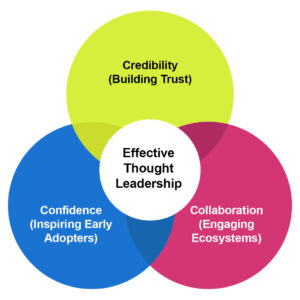
I am hoping I’ve built the case for thought leadership. But it’s pretty pointless if I don’t talk about how. Here it goes:
- What space can you own? What are you good at? (be brutally honest here)
Clearly define the specific area of expertise where you can provide the most value. Focus on a niche that aligns with your skills, experience, and industry needs.
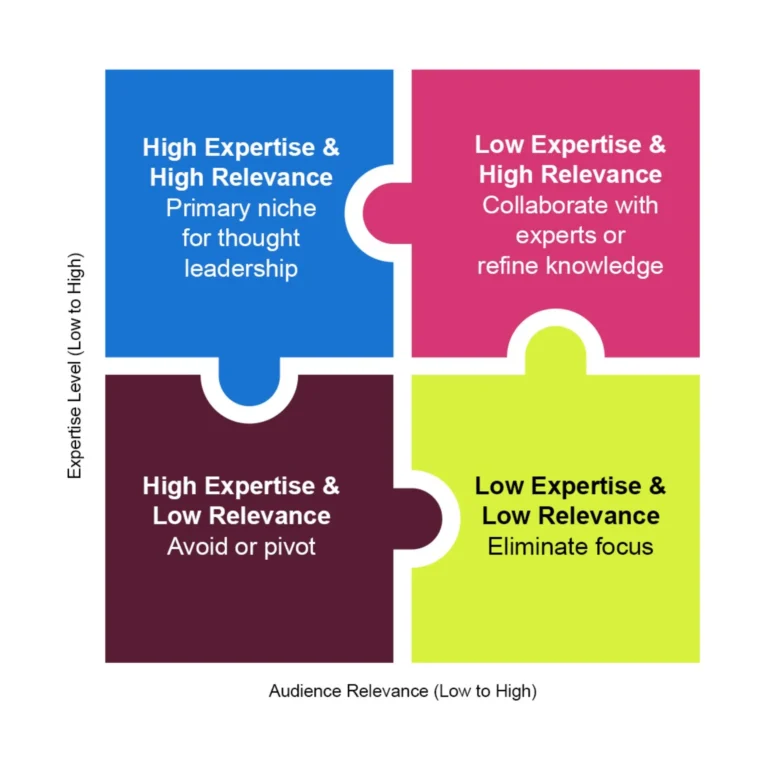
What specific themes do you want to talk about?
Close down on the core messages you want to convey. These should reflect your unique value proposition and address the key challenges faced by your audience. You have limited time! Use it wisely to talk about things that can actually establish you as a leading voice in your product niche. Be clear with your agenda. Yes, it’s exciting and interesting to talk about softer and behavioral topics, but assess if that’s the best use of your limited writing time. Work on a combination.
When to say what?
Unless you’re largely participating in industry news, it helps to prepare a posting calendar. This will help with consistency. Take your team’s help if needed. Keep it realistic and loop in relevant teams.
Where?
It’s not just important to think where your prospective buyer is, it’s equally important to assess where they are in the most ideal frame of mind to consume and process the information. LinkedIn vs Instagram vs YouTube. I spend time on all channels, but try talking to me about a CRM tool on Instagram!
Engage and interact (couldn’t frame this as a question)
Show that you are accessible and willing to share your knowledge. Actively engage with your audience by responding to comments, and participating in discussions. If someone has taken the time to drop a comment (no matter what), you can and should respond.
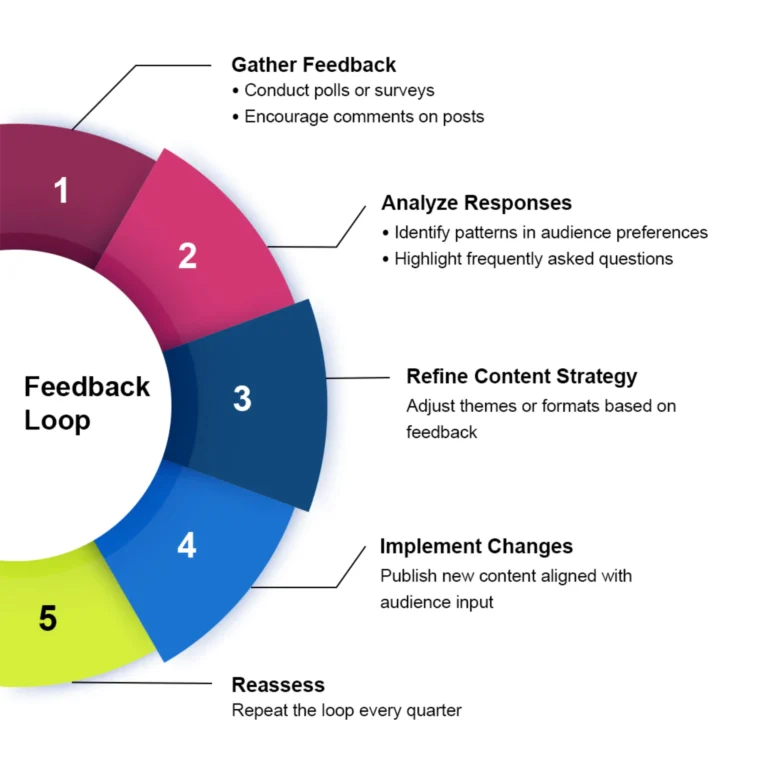
The rest you can figure, let’s talk about probable themes in a little more detail:
Here’s a quick framework for picking the right themes:
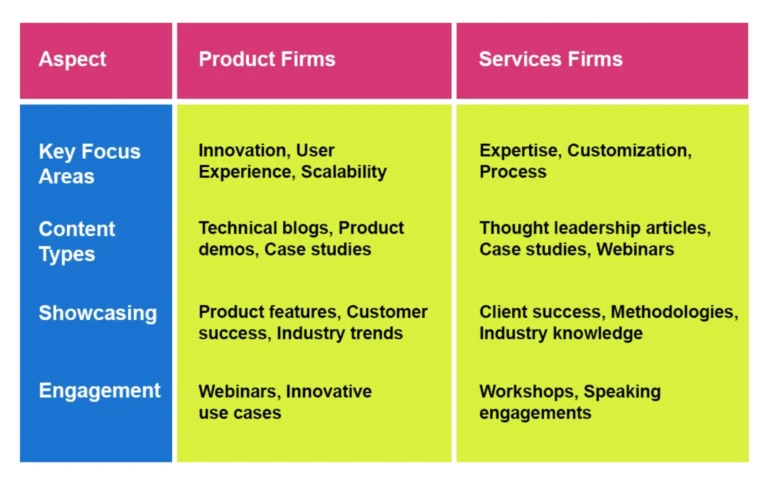
How we got it right for a niche B2B fintech platform
For ease of reading, let’s call them ‘Y’
Y is on a mission to make the trading of specific instruments more accessible, transparent and efficient for institutional clients. Their ICP was the investment team with the CIOs as the decision maker.
Y’s ask was clear – create more awareness about the brand. Given the criticality of the product and the seniority of the decision makers, the need for establishing trust and credibility via thought-leadership was a no-brainer. The challenge was in figuring out what to say. The great thing about a niche platform is that it gives you a lot of topics to discuss and dissect. There are complexities to simplify and new technologies to demystify.
However given that the target audience was experts, they already knew the processes, trends, etc. Our approach was to not look at thought leadership from an educational point of view, but to primarily stay on the top of mind and engage with the ICP.
We picked industry news and trends as one of the key themes to establish one of the founders (heading sales and business growth) as a leading commentator. Of course, we combined this with product and platform updates. One of the bigger challenges that we had to tackle was the short turnaround time and being consistent. It’s still work in progress, but the initial results are promising. Not only has he been able to engage with the ICP, but there’s been enquiries about the platform and connection requests (132% growth in network in 3 months).








